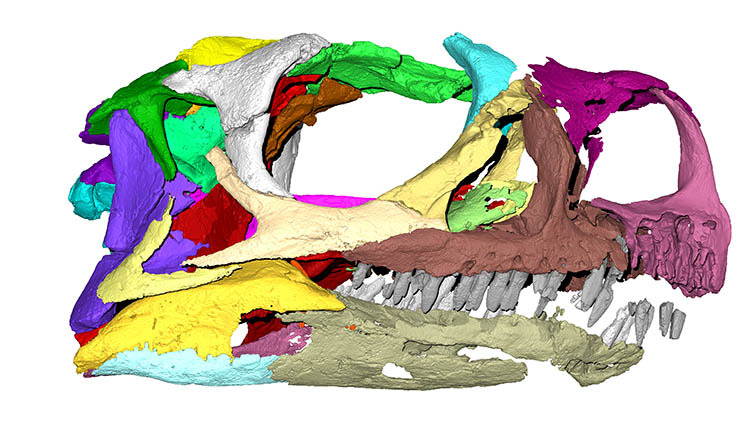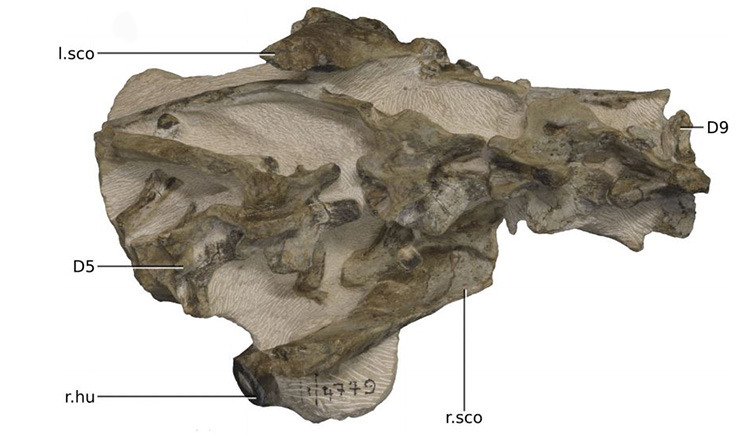Incredibly Rare Dinosaur Hid Its Secrets Right In Front Of Us For 30 Years
You might think missing a dinosaur when it was right in front of you would be impossible, but researchers have unexpectedly discovered a new species of early dino that had already been on display for more than 30 years. Misidentification and faulty conclusions have been blamed for what's now believed to be an incredibly rare Ngwevu intloko skeleton being confused for something a lot less impressive.
The bones have been on display in a museum in Johannesburg, South Africa for over three decades, where they were assessed as being from Massospondylus. That's a type of Early Jurassic Period dinosaur that roamed the Earth between 200 and 183 million years ago. One of the first dinosaurs to be named, it was initially discovered in South Africa, though other remains have since been spotted in Lesotho and Zimbabwe.
Given the age of the fossils, it wasn't too great a stretch for paleontologists to decide that what appeared to be a strangely shaped Massospondylus skeleton had simply been damaged after the animal died. Another theory suggested that odd growth patterns during the dinosaur's early years could have led it to develop in atypical ways. However it took a new investigation to reveal the actual truth.

Researchers from the Natural History Museum, published this week, realized that this skeleton was no Massospondylus. They collaborated with scientists at the University of Witwatersrand, comparing the unusual fossil with other examples known to be the more common dinosaur. Those ranged from very young examples, through to grown adults, with CT scanning going inside the skulls to identify common features.

Aided by the fact that Massospondylus is surprisingly well documented, given a range of example skeletons covering the dinosaur's lifespan, the scientists were able to show that none of the unusual aspects of their mystery fossils were replicated by the known examples. Neither could damage be blamed, either before or after death, since the skull was clearly unbroken and showed no evidence of twisting or deformation. Finally, sexual dimorphism was counted out.
"This is a new dinosaur that has been hiding in plain sight," Professor Paul Barrett, a researcher at the Natural History Museum, concludes. "The specimen has been in the collections in Johannesburg for about 30 years, and lots of other scientists have already looked at it. But they all thought that it was simply an odd example of Massospondylus."
The dinosaur was named Ngwevu intloko, or N. intloko, and it represents a huge new data point in the history of our planet. Bipedal, it had a reasonably chunky body, topped with a long and slender neck and a small, boxy head. Roughly 10 feet in length from nose to tail, it's believed to have been omnivorous, eating both plants and small animals.
What's special is that it suggests the post-extinction event early Jurassic period was more diverse in terms of species than scientists had previously believed. Although "previously we thought that there was really only one type of sauropodomorph living in South Africa at this time," Professor Barrett says, the reality is that we now know there were 6-7 sauropodomorph species active, in addition to other, less common types.
The challenge now is to reassess whether other Massospondylus remains are, in fact, misidentified Ngwevu intloko fossils – or, more extreme still, another completely different species altogether. That will help scientists figure out what happened in post-extinction Earth phases, once believed to be relatively non-diverse.
